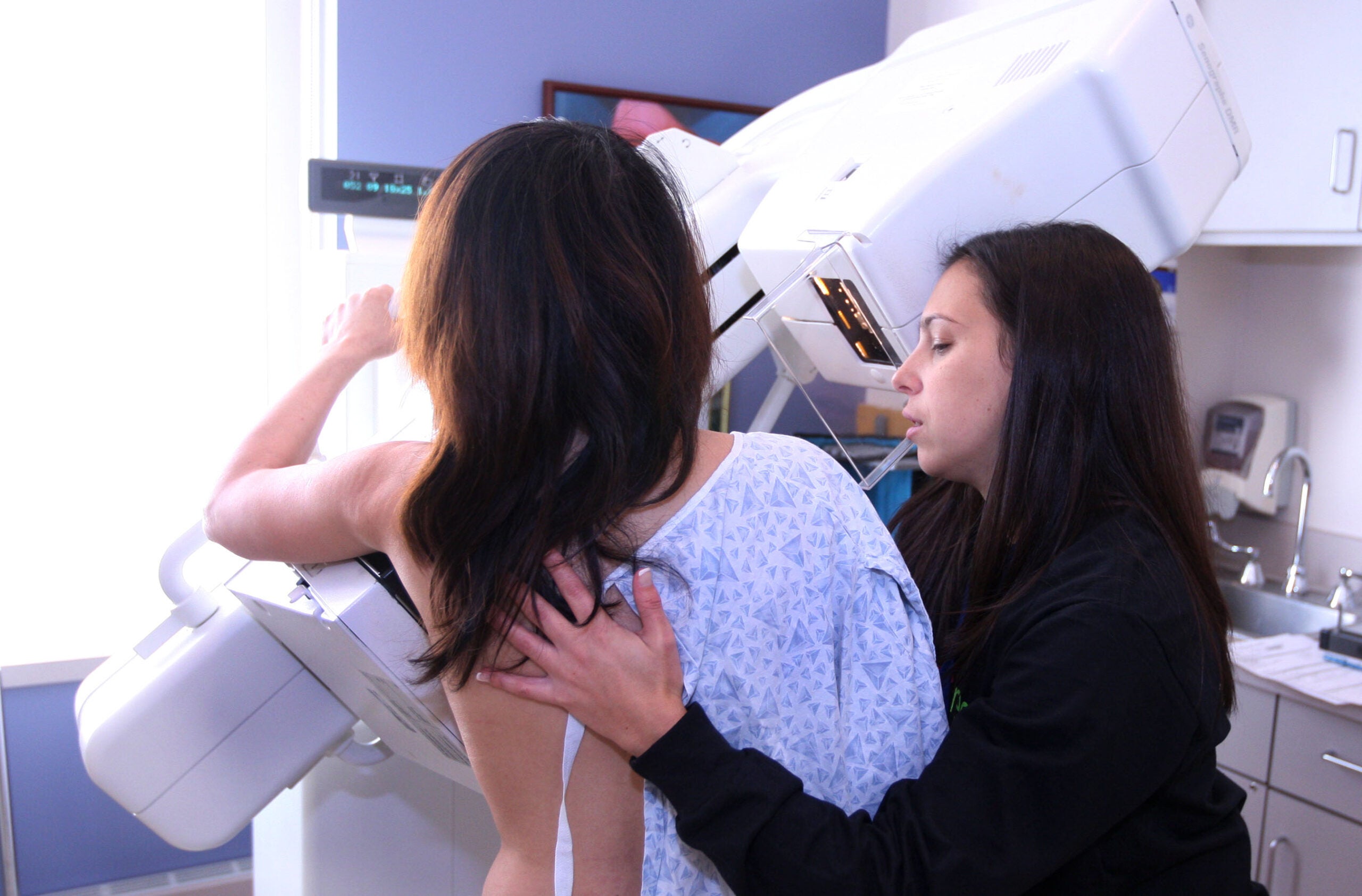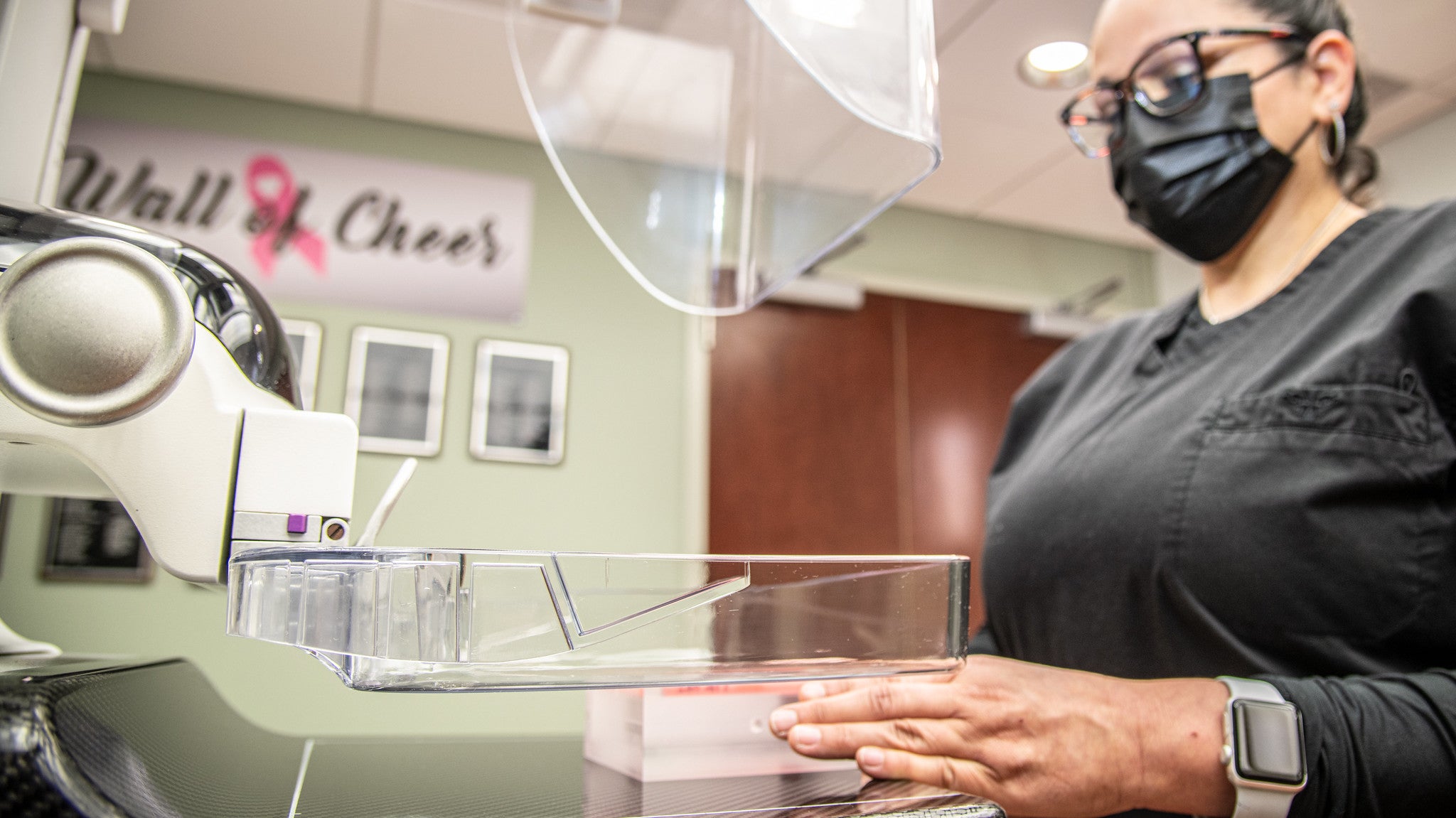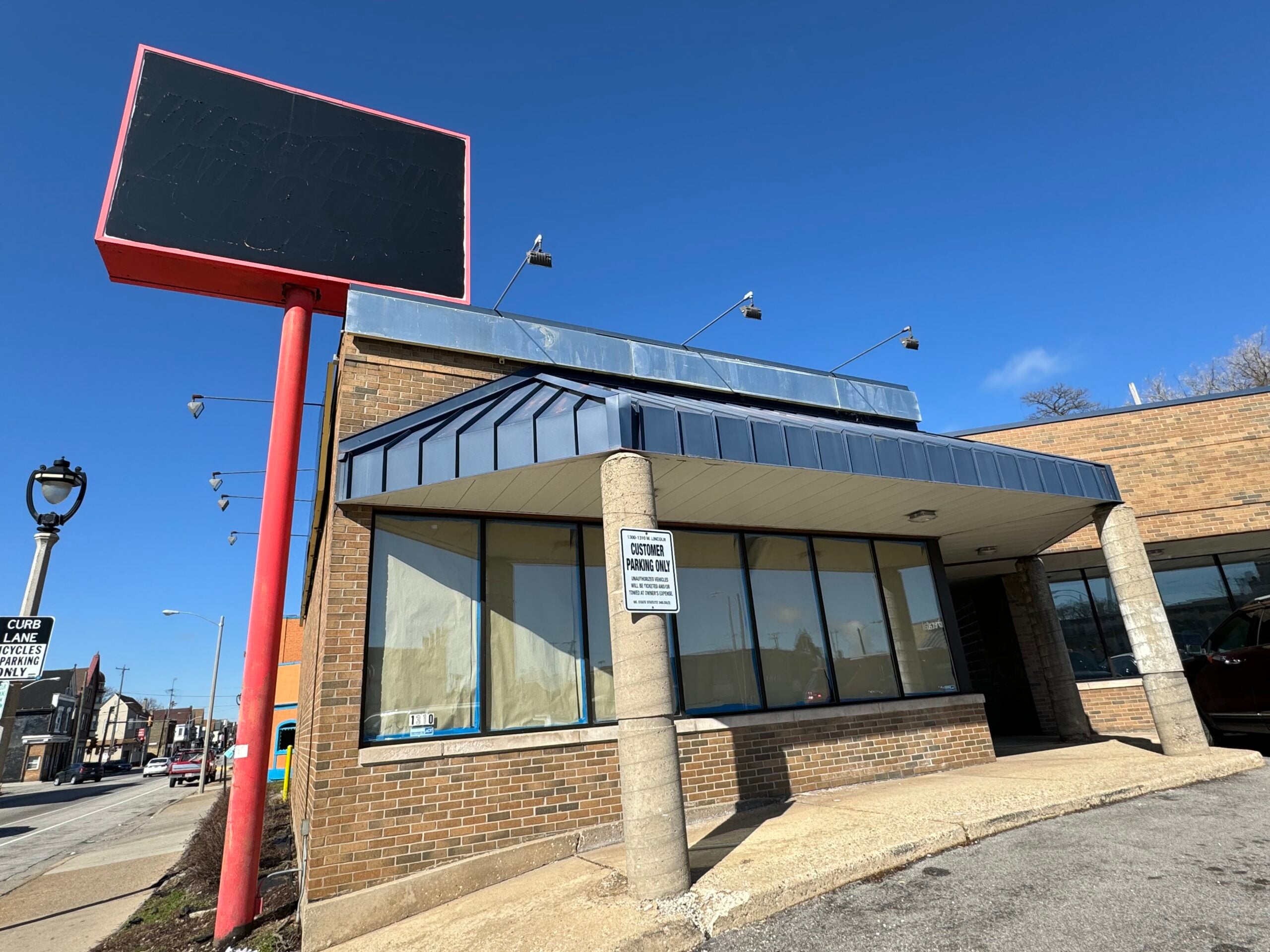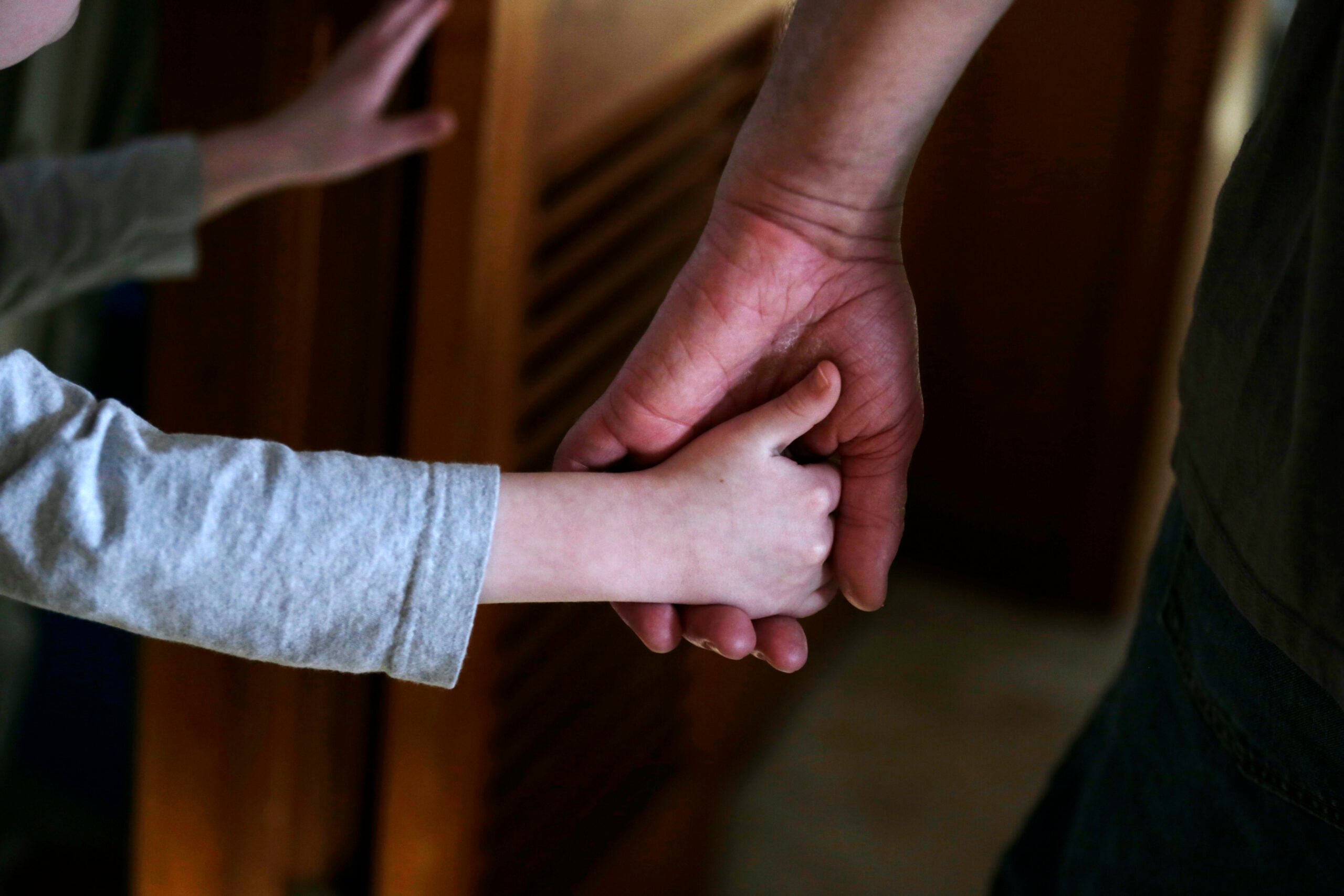The Medical College of Wisconsin is looking for ways to combat racial disparities in cancer deaths between Hispanic and white residents in Milwaukee with the hope of providing resources to those in the community that are in need.
The researchers project by 2030 cases of cancer will increase by 142 percent among Hispanics compared to 31 percent in whites.
Ana Manriquez grew up on the south side of Milwaukee witnessing disparities in the Hispanic community. Those experiences led her to the health care field, specifically community health.
Stay informed on the latest news
Sign up for WPR’s email newsletter.
“We want to hopefully help them improve their quality of life,” said Manriquez, a research program coordinator with the Medical College of Wisconsin who is leading the project.
According the research done by Manriquez and her team so far, in general, there are three types of cancers that have the most disparity in racial groups in Milwaukee: breast, prostate and colon. Hispanics in Milwaukee are diagnosed with cancer at higher rates than their white counterparts, but what Manriquez found is the most significant disparities are actually happening during survivorship.
This means that Hispanic cancer survivors report a poorer quality of life after surviving cancer than white survivors.
“For this last past year,” Manriquez explains, “what we have been doing is meeting with women one on one or in focus groups to talk to them about their survivorship experience, about their experience living in Milwaukee as a survivor, as a Latina survivor and we’ve been trying to learn what their needs are and tailor those needs into a program.”
Another disparity that has a higher rate in the Hispanic community is obesity, which can lead to cancer coming back.
“That’s a big part of our research,” Manriquez said, “How can we help Latina women who are living with cancer lose weight because that’s where the disparity lies.”
Manriquez and her research group also found:
Some of the barriers that exacerbate the disparities among the Hispanic community and contribute to worsened long-term health are language barriers, and citizenship and documentation barriers.
More than 77 percent of Hispanic women are classified as overweight or obese. The likelihood of being overweight or obese when diagnosed with cancer is high and weight gain post-diagnosis is likely.
For Hispanic cancer patients and survivors, the goal of the are not just to be a one-time thing, but to create a network and community for participants.
Although weight-loss benchmarks associated with a reduction in breast cancer mortality or recurrence aren’t yet established, experts strongly agree that given other benefits associated with weight loss in breast cancer survivors (such as improvements in quality of life, comorbidity, functional status, recurrence risk) continued efforts to address obesity are warranted. Notably, Hispanic survivors are starkly underrepresented in this literature.
Other research has been done on health disparities. A recent study released by the Wisconsin Collaborative for Healthcare Quality provided important data aimed at helping statewide disparities.
Maureen Smith is a professor at the University of Wisconsin School of Medicine and Public Health. She along with other members of the school developed a report to show health care disparities in Wisconsin. They gathered information from 25 different health systems across the state. Smith said by conducting studies like this, health care providers can find ways to better serve patients.
“This data provides a next level of detail of where disparities exist,” Smith said. “There’s an enormous opportunity now for multiple stakeholders that care about this issue to come together and really dive into the detail to understand where the opportunities are to really bring communities and health systems together.”
Manriquez and her team are still researching the disparities and how to best address them. As part of their continued mission, they hosted a “Vida y Esperanza” event earlier this month to help bring resources to Hispanic cancer survivors. She said she wants to make it a yearly event, and eventually have events for all races that are impacted by health disparities.
Wisconsin Public Radio, © Copyright 2024, Board of Regents of the University of Wisconsin System and Wisconsin Educational Communications Board.




